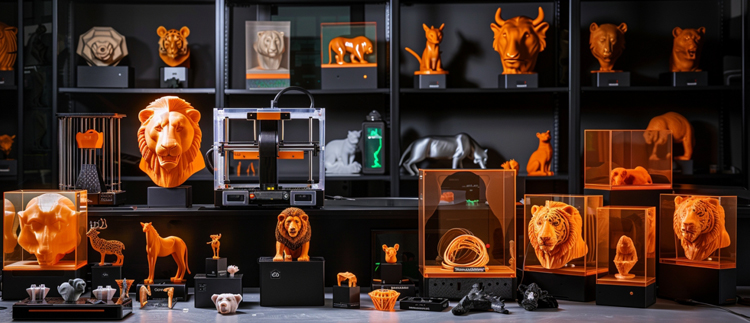Polymer 3D Printing: FDM vs Other Technologies
In the world of 3D printing, there are many different technologies, but two of the most common for home and commercial use are polymer 3D printing and FDM (fused deposition modeling). Polymer 3D printing, also known as stereolithography (SLA), uses a liquid light-curable polymer material (photopolymer resin) and a laser or projector to sequentially cure layers of the model. The main advantages of this technology are high detail accuracy, smooth surface finish of the prints, and the ability to create complex geometric shapes. However, it requires expensive materials and equipment.

On the other hand, FDM printers work by melting a thermoplastic polymer filament and extruding it through a nozzle layer-by-layer to create a physical model. The most popular materials for FDM are PLA and ABS plastics. The advantages of FDM lie in the affordable price of printers and consumables, as well as ease of use. However, the surface quality is typically lower than SLA models. For selling 3D models on your website, it's important to understand the characteristics of different printing technologies. FDM printers are suitable for creating prototypes and functional parts, while polymer printing is better suited for high-precision decorative items and jewelry. By offering models optimized for specific printing technologies, you'll be able to provide your clients with the best results.






